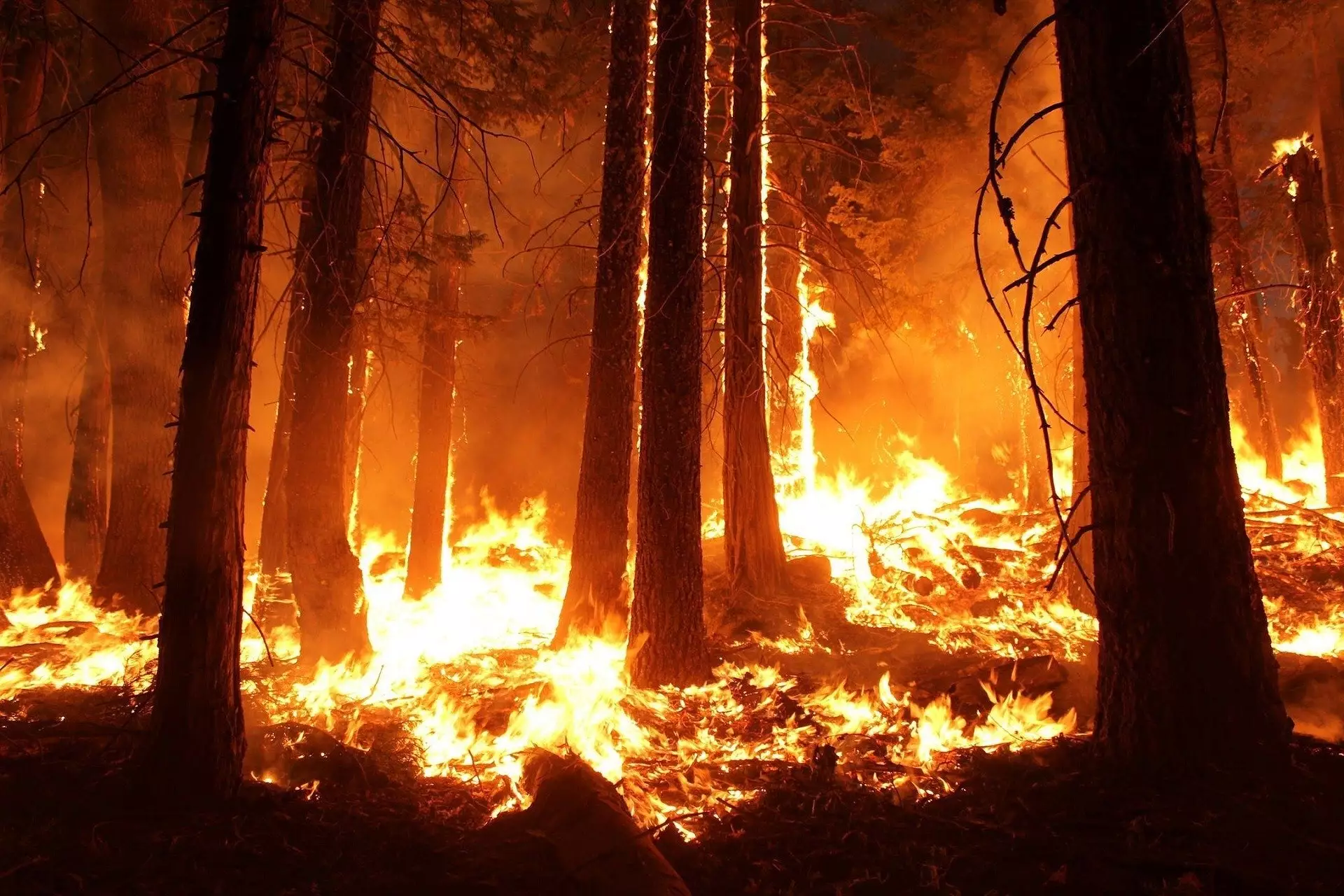Recent analyses underscore a significant shift in the behavior and impact of forest fires across the globe, particularly in temperate and boreal regions. This is highlighted by an article published in *Nature*, which suggests that increasing frequency and intensity of these fires are contributing to higher land surface temperatures. The study, which examined over a decade of satellite observations, reveals not just the immediate destruction caused by wildfires, but also the long-term ecological repercussions that can lead to accelerated climate change.
In various locations such as the western United States and eastern Spain, the size and frequency of wildfires have surged dramatically, sometimes doubling or tripling in scale over recent decades. While the immediate effects are clear in terms of the loss of vegetation and biodiversity, the secondary impacts—particularly the way these changes influence climate—have been substantially overlooked.
Chao Yue and a team of researchers methodically analyzed wildfire events from 2003 to 2016 within the latitudinal bounds of 40° N to 70° N. Their findings reveal a critical trend: one year following a wildfire event, the affected regions exhibit significant warming—a finding consistent with existing literature but extending the understanding of how fire sizes also impact thermal dynamics.
By employing a mathematical model, the researchers were able to determine that the magnitude of fire events correlated with increased surface warming across North America and eastern boreal Asia. This was primarily attributed to two factors: a marked decline in evapotranspiration and changes in surface reflectivity. When vegetation burns, the land becomes exposed, absorbing more solar radiation and releasing less moisture. Larger fires exacerbate this phenomenon, demonstrating that the consequences of wildfires are not temporary but rather induce lasting climatic changes.
The study also draws attention to geographical variations in fire dynamics. For instance, the anticipated amplified warming effect was not noted in regions such as western, central, and southeastern Siberia, as well as eastern Europe—which predominantly feature mixed and deciduous broadleaf forests. This raises an intriguing question about the role of tree species composition in mitigating fire impacts. Broadleaf trees, which are more prevalent in these areas, might provide a natural buffering effect against the negative thermal consequences of wildfires.
Given these findings, there is a pressing need for further research to elucidate the specific mechanisms through which broadleaf trees could temper surface warming in these ecosystems. The authors suggest that modifying forest composition to include a higher proportion of broadleaf species may serve as a viable fire mitigation strategy. This could provide not only an ecological balance but also a practical approach to reducing the exacerbation of climate change linked to post-fire environments.
As the frequency and intensity of forest fires continue to rise globally, understanding their broader climate implications is imperative. The shift in our landscapes demands that we consider innovative management strategies that account for species composition, fire behavior, and long-term ecological stability. Only through such comprehensive approaches can we hope to reverse—or at the very least mitigate—the troubling trends of warming associated with forest fires.

